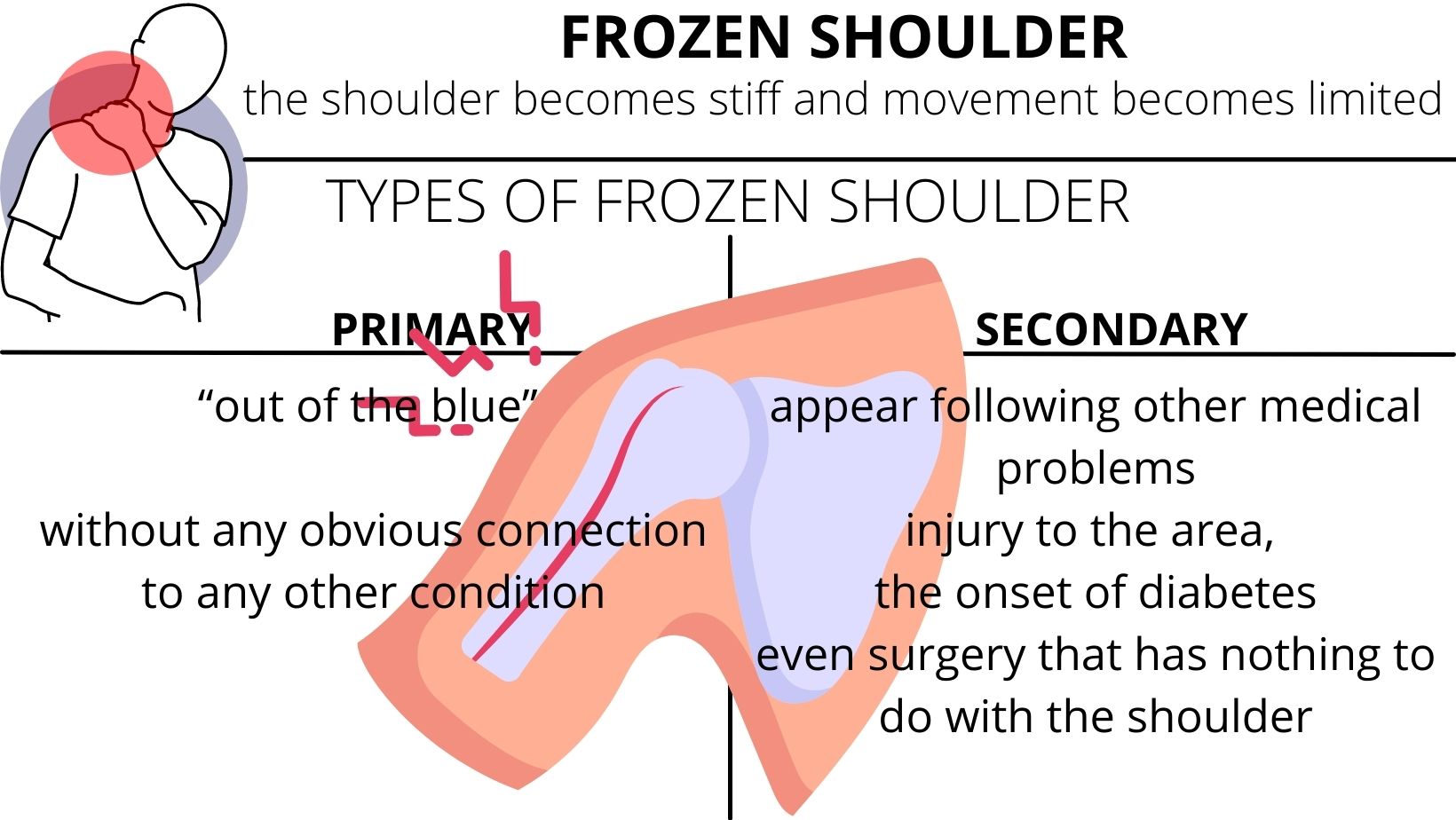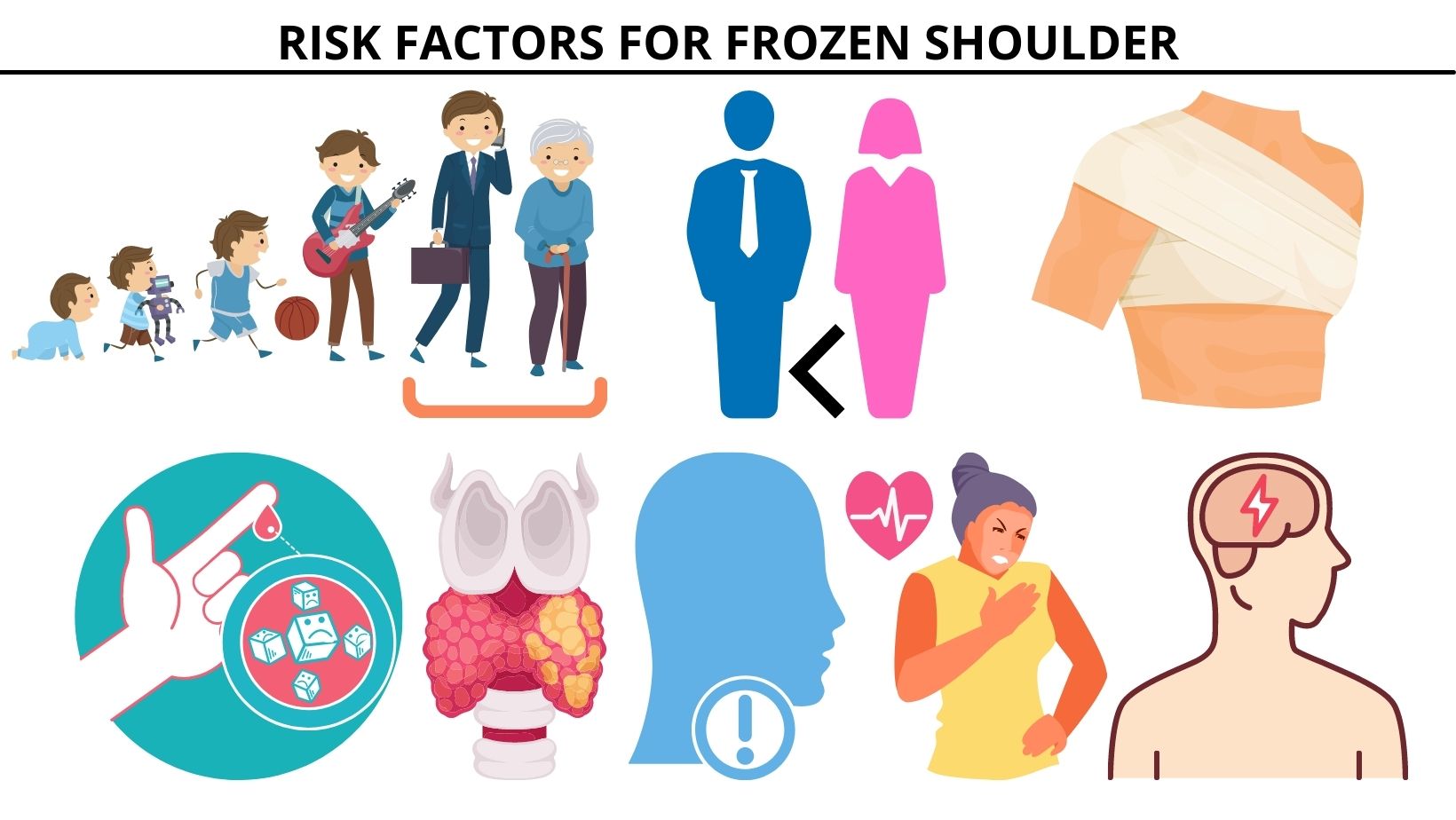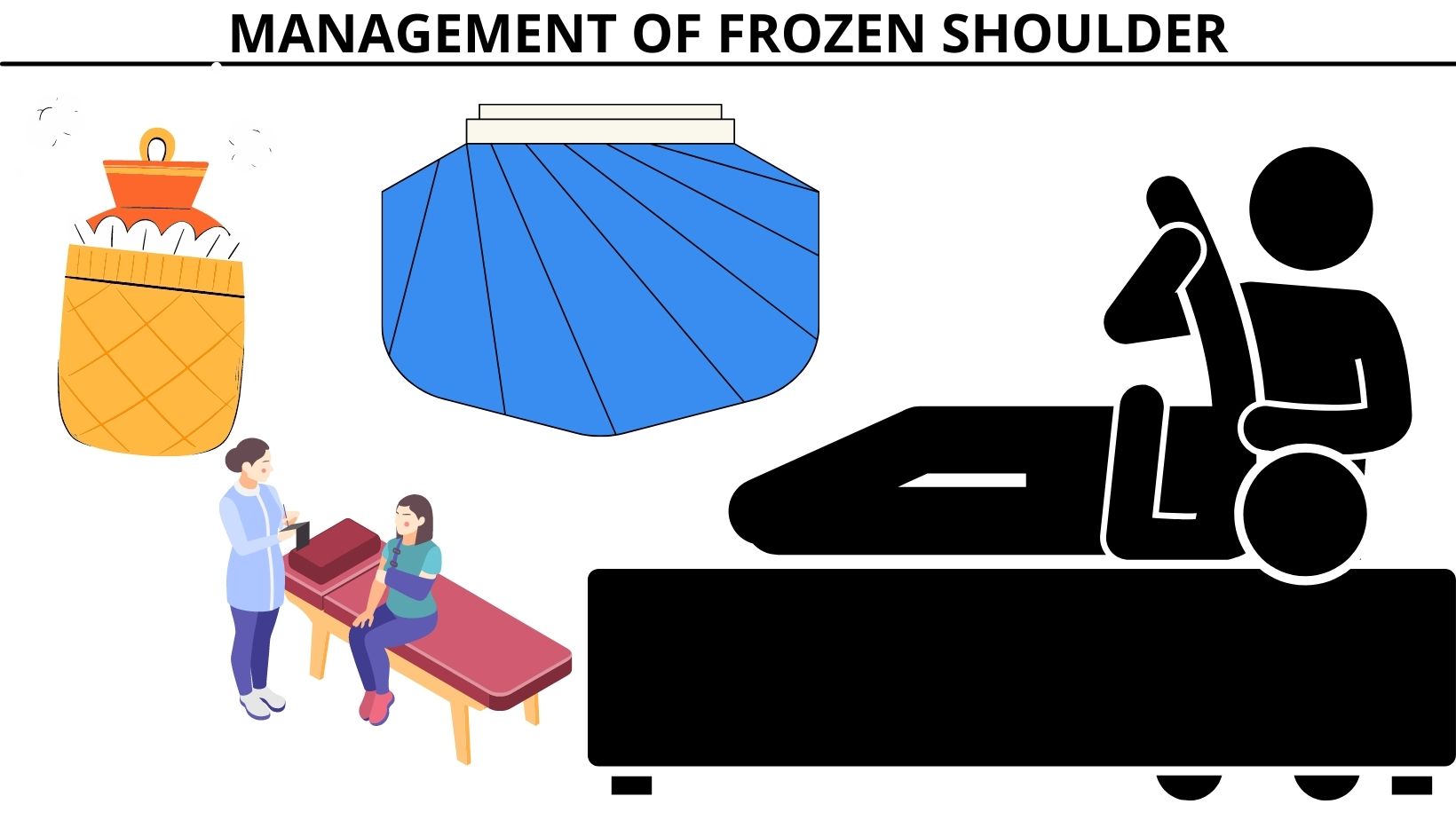THE DEFINITIVE GUIDE FOR THE TREATMENT OF FROZEN SHOULDER
WHAT IS FROZEN SHOULDER?
Frozen shoulder is a painful condition in which the shoulder becomes stiff and movement becomes limited. Frozen shoulder occurs when the supporting structure around the shoulder joint (capsule) becomes thick, stiff, and inflamed.
The condition is called a "frozen" shoulder because the more pain that is felt, the less likely the shoulder will be moved. Lack of use causes the shoulder capsule to thicken and becomes tight, making the shoulder even more difficult to move and so it is "frozen" in its position.
TYPES OF FROZEN SHOULDER
-
Primary: Primary frozen shoulder is “out of the blue” frozen shoulder, occurring without any obvious connection to any other condition.
-
Secondary: Secondary cases appear following other medical problems, such as an injury to the area, the onset of diabetes, or even surgery that has nothing to do with the shoulder.
Both types probably involve the same underlying vulnerability, but some triggers are more obvious than others.
WHAT ARE THE RISK FACTORS FOR FROZEN SHOULDER?
- Age: Adults, most commonly between 40 and 60 years old.
- Gender: More common in women than men.
- Recent shoulder injury: Any shoulder injury or surgery that results in the need to keep the shoulder from moving.
- Diabetes: Having diabetes increases the chance of having a frozen shoulder.
- Other health diseases and conditions: Include stroke, hypothyroidism (underactive thyroid gland), hyperthyroidism (overactive thyroid gland), Parkinson's disease, and heart disease.
WHAT ARE THE COMPLICATIONS OF FROZEN SHOULDER?
If left untreated, frozen shoulder may cause:
- Pain in the shoulders
- Loss of mobility
- Reduced range of motion
- Muscle trouble that can worsen and persist for a long time
Complete immobilization is also a common complication of frozen shoulder.
WHAT ARE THE SYMPTOMS OF FROZEN SHOULDER?
- The "freezing" stage:
In this stage, the shoulder becomes stiff and painful to move. The pain may increase at night. Inability to move the shoulder increases. This stage may last up to 9 months. - The "frozen" stage:
In this stage, pain decrease, but the shoulder remains stiff. This makes it more difficult to complete daily tasks and activities. This stage lasts 2 to 6 months. - The recovery stage:
In this stage, pain lessens, and the ability to move the shoulder slowly improves. Full or near full recovery occurs as normal strength and motion return.
WHAT ARE THE CAUSES OF FROZEN SHOULDER?
If the joint stays immobile for a long time due to injury, surgery, any sort of illness, pain, etc then the range of motion of the joint starts to get limited which can trigger more inflammation and stiffness along with pain. If you have diabetes then the condition would get more aggravated.
DIAGNOSIS OF FROZEN SHOULDER
- It is based on your sign and symptoms along with a physical examination.
- Physical examination of your arms and shoulders:
- The doctor will move your shoulder in all directions to check the range of motion and if there is pain with movement. This type of exam, in which your doctor is moving your arm and not you, is called determining your “passive range of motion.”
- The doctor will also watch you move your shoulder to see your “active range of motion.”
- The two types of motion are compared. People with frozen shoulder have a limited range of both active and passive motion.
- X-rays of the shoulder: to rule out arthritis of the shoulder.
- MRI and ultrasound: (not needed to diagnose frozen shoulder) but to look for other problems, such as a rotator cuff tear.
TREATMENT OF FROZEN SHOULDER
In conventional treatment, painkillers are given to obtain relief from pain in the first stage. Shoulder manipulation and shoulder arthroscopy is also done sometimes. Homeopathy can obviously help to relieve pain without side effects. It would also help in treating the root cause like diabetes or any other thing.
MANAGEMENT OF FROZEN SHOULDER
- Hot and cold compresses: These help reduce pain and swelling.
- Physical therapy: Stretching and range of motion exercises taught by a physical therapist.
- Home exercise program: Continue exercise program at home.
- Some common stretching exercises:
- Crossover arm stretch: Holding the upper arm of the affected side, gently pull the arm across in front of you, under the chin. Hold for 30 seconds. Relax and repeat.
-
Pendulum stretch: Stand with the shoulders relaxed. Lean forward with the hand of the unaffected arm resting on a table. Let the affected arm hang down vertically and swing in a small circle, around 1 foot in diameter. Increase the diameter over several days, as you gain strength.
-
Towel stretch: Grab both ends of a towel behind your back. With the good arm, pull the towel, and the affected arm, up toward the shoulder. Repeat 10 to 20 times a day.
*These exercises should be guided by a doctor or a physical therapist.
HOMOEOPATHIC MANAGEMENT OF FROZEN SHOULDER
Given that a frozen shoulder is a benign, self-limiting condition, conservative treatment options are the first choice for management in the first stage of the disease.
Some homeopathic medicines useful in cases of frozen shoulder are, rhus tox, sanguinaria, ferrum met, bryonia, causticum, phytolacca, ledum pal, rhododendron, etc. These remedies are to be taken after consulting a registered homeopath only.
DO’S AND DON'TS
DO’S
- Apply cold and hot compresses every day.
- Do the physical exercises regularly without fail.
DON'TS
- It is very important for people with a frozen shoulder to avoid reinjuring the shoulder tissues during the rehabilitation period.
- These individuals should avoid sudden, jerking motions or heavy lifting with the affected shoulder.



Comments
We have received your comment , Thank You !